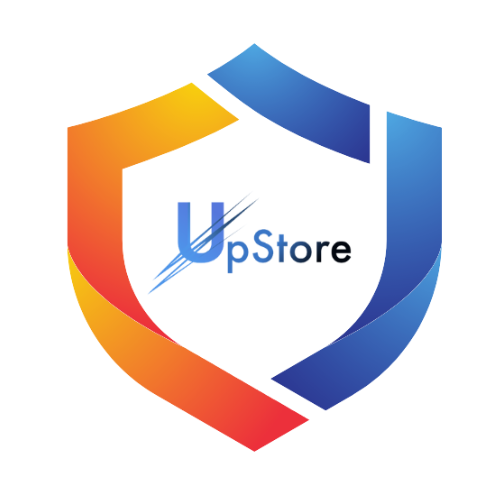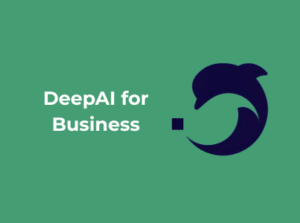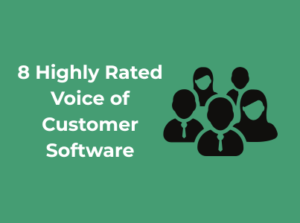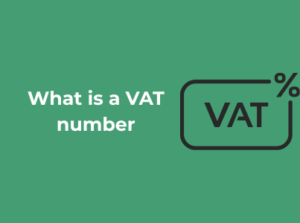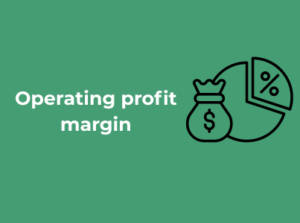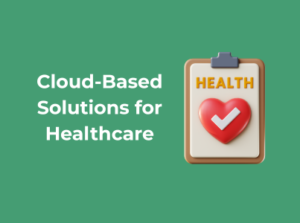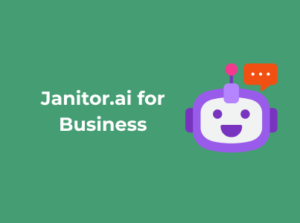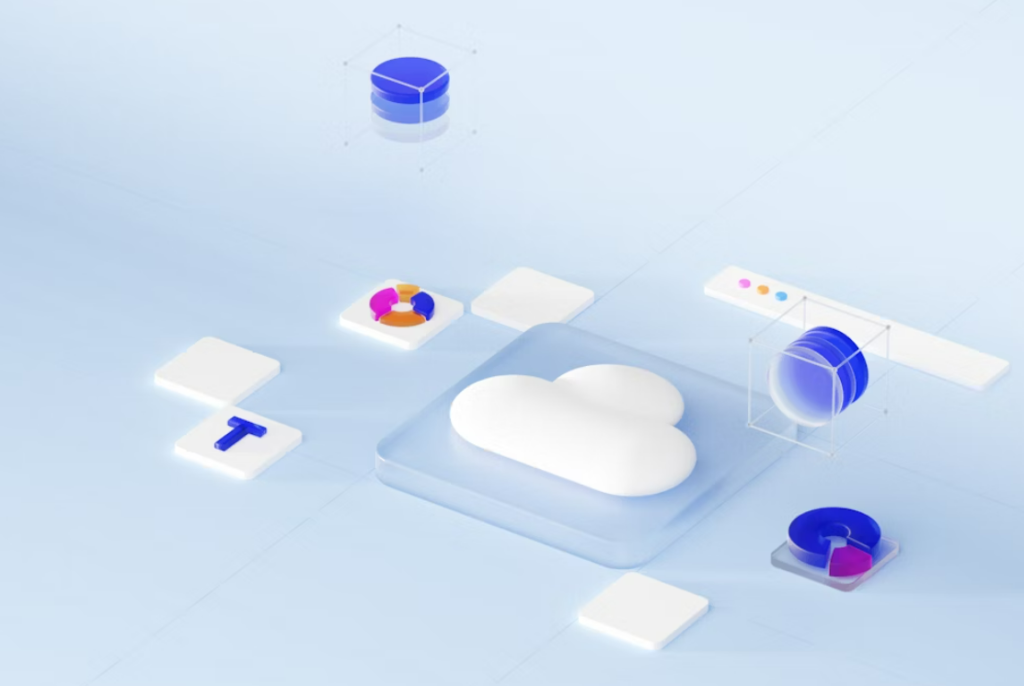
Today’s healthcare environment demands access to timely, accurate data, as it can make the difference between good and poor outcomes. Hospitals, clinics, and private practices all rely on information to manage diagnoses, treatment plans, and medications. Yet too often, this data is fragmented, outdated, or simply unavailable when it’s needed most.
Cloud-based solutions are quietly changing that. A $752.44 billion global industry, cloud computing and solutions can help make healthcare data more readily accessible to the public and healthcare providers.
Here’s how.
Bridging the Information Gap Between Patients and Providers
For decades, many patients had to request physical copies of their records from various clinics and departments. These files could take days or weeks to transfer, often arriving too late to inform crucial treatment decisions. Cloud systems eliminate those delays.
The global healthcare cloud computing market alone is a $19.6 billion industry. A cloud-based platform can give patients access to their health history in seconds.
Whether it’s lab results, vaccination status, or current prescriptions, the information is available anytime and from anywhere. That means a person managing diabetes or heart disease doesn’t have to remember every detail. Their provider can simply log in and see the full picture.
It also means fewer errors. When information is centralized, different doctors no longer work in isolation. Allergies, pre-existing conditions, and past treatments are visible to every healthcare provider involved in a patient’s care. This reduces the risk of misdiagnoses and helps avoid harmful drug interactions.
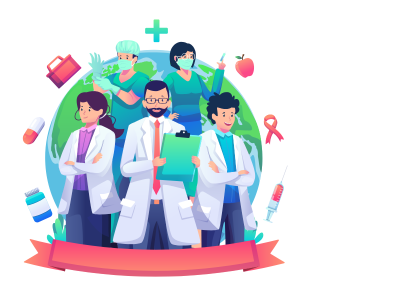
Transparency on Medications is Now Possible
Too often, patients start a new drug without understanding its full list of side effects. They rely on brief conversations during appointments or hard-to-read labels that don’t tell the whole story.
With cloud access, healthcare providers can attach detailed medication profiles to each patient record. This includes known side effects, risk categories, studies, and patient-reported outcomes.
When a new medication is prescribed, patients can view this information immediately. Providers, too, can easily compare options and make more informed decisions. This level of visibility is long overdue, particularly in cases where a lack of transparency has caused harm. One such example is Depo-Provera, an injectable form of birth control.
According to TorHoerman Law, many users were not fully warned about the serious risks linked to long-term Depo-Provera use. In recent years, Depo-Provera lawsuits have surfaced across the country, with former users seeking compensation for bone density loss and other health problems. People were left to suffer without knowing the full scope of what they were taking.
Some have now chosen to join the Depo lawsuit in the hope of receiving justice and compensation. The Depo-Provera lawsuit settlements underscore what happens when manufacturers withhold essential safety data from healthcare providers and patients. Cloud-based tools offer a path forward by storing and sharing these warnings with every prescription, making blind trust a thing of the past.
Improving Continuity of Care for Chronic Conditions
For patients with long-term illnesses like asthma, arthritis, or cancer, seeing multiple specialists is normal. But those appointments often happen in different locations and at different times. Without cloud integration, test results can fall through the cracks, and treatment plans may conflict.
Cloud-based healthcare platforms solve this. A rheumatologist in one city can review imaging ordered by a general practitioner elsewhere. An oncologist can adjust chemotherapy based on a scan taken the week before. Everyone involved is working with the same information at the same time.
This continuity doesn’t just improve care; it saves time and lowers costs. There’s no need to repeat tests or guess about previous procedures. Patients get answers faster and avoid redundant or harmful interventions. It also relieves families from the burden of managing stacks of paperwork or repeating medical histories at every visit.
Accessing Care in Rural and Underserved Areas
Healthcare in rural America is still in a poor state. For people in such remote or underserved regions, traveling for care is not always feasible. Specialist care may require hours of driving, lost wages, or childcare arrangements. In some cases, patients delay appointments or give up entirely.
Cloud-based solutions can help bridge this divide. Doctors can review charts, lab work, and progress reports without the patient being physically present.
Through telemedicine paired with cloud data, a nurse in a rural clinic can connect with a specialist hundreds of miles away. This gives the patient access to expert care close to home.
This doesn’t just help in emergencies. It allows for long-term monitoring, medication management, and follow-up care for people who otherwise wouldn’t get it. It brings equity to healthcare in a way that wasn’t possible before the rise of digital recordkeeping.
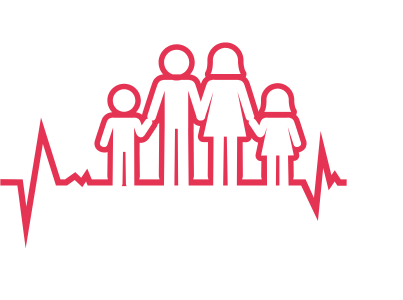
Protecting Privacy While Expanding Access
Of course, access doesn’t mean a compromise on privacy. Cloud systems are built with secure encryption, authentication layers, and constant monitoring. Patients can control who sees their data, for how long, and for what purpose. A provider must request access, and those logs are recorded.
This level of transparency builds trust. People know their records aren’t being misused or handed off without consent. At the same time, patients benefit from the collaborative, real-time nature of cloud storage. The balance between privacy and access is finally starting to tip in the patient’s favor.
However, healthcare data breaches in the US have recently been on the rise. Hence, cloud providers must also take extra precautions in protecting patient data.
Frequently Asked Questions (FAQs)
Why does healthcare data need to be accessible?
Accessible healthcare data ensures that doctors, nurses, and specialists can provide timely, accurate, and coordinated care. It helps prevent errors, supports personalized treatment, and improves patient outcomes. When data flows efficiently between providers and systems, patients benefit from quicker diagnoses, better continuity of care, and reduced duplication of tests or procedures.
How can healthcare data be exploited?
Healthcare data can be exploited through breaches, unauthorized sharing, or data mining without consent. Hackers may sell personal medical records on the dark web, and some companies might use data for targeted ads or insurance discrimination. Misuse erodes trust in the system and puts patients’ privacy, safety, and financial well-being at risk.
Do pharmaceutical companies misuse patient data?
Pharmaceutical companies have faced criticism for using patient data without full transparency or consent, especially when partnering with tech firms or data brokers. While not always illegal, such practices can raise ethical concerns. Responsible data use requires clear privacy policies, patient consent, and strong regulation to prevent exploitation for profit-driven motives.
Cloud-based healthcare is reshaping how we share, understand, and act on medical information. Whether it’s providing clarity or bringing care to remote communities, these solutions are helping healthcare systems serve people more completely.
In a world where too many have suffered because of miscommunication and hidden risks, transparent, accessible data is not just a convenience. It’s a necessity. With the right technology and ethical commitment, we can make healthcare more open, more inclusive, more connected, and far more human.
